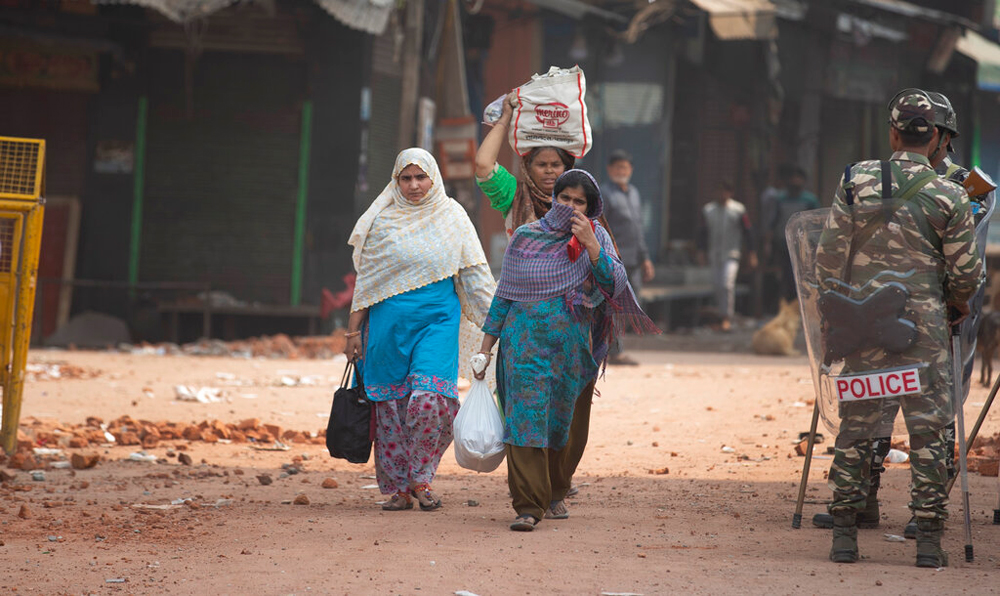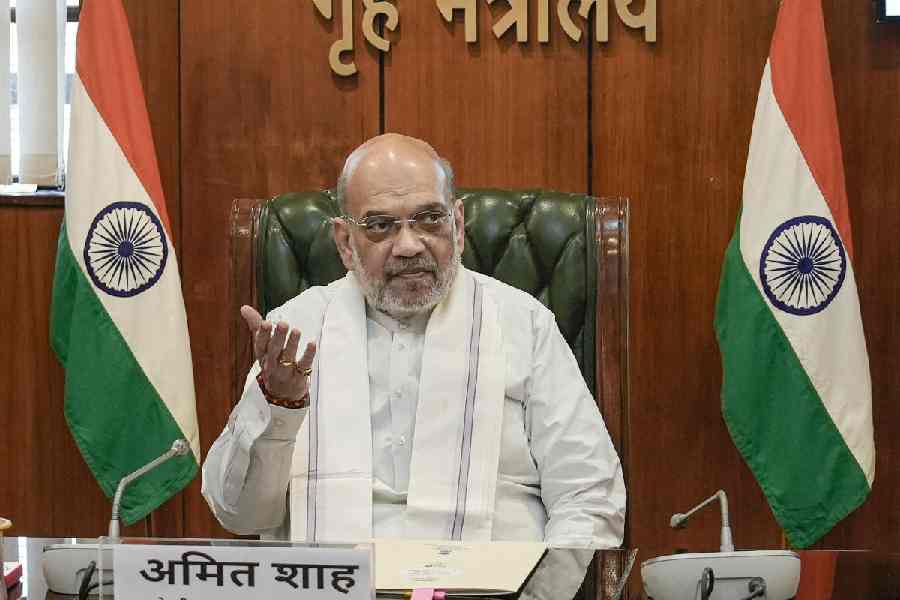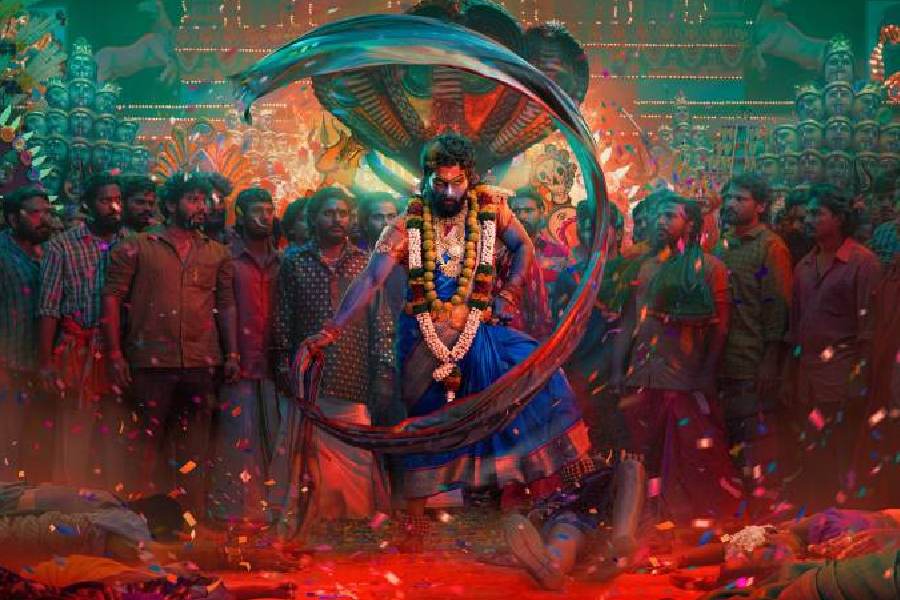As I watch on television the chilling signs of violence wracking northeast Delhi, my mind harks back to the day I stepped into the dingy lanes of Gujarat’s Naroda Patiya, where some 97 people were killed, 36 of them women and 35 children, in a 10-hour-long carnage. The houses were still smoking and the stench of burnt human flesh made me gag.
Nearly 18 years have passed, but I distinctly remember the journey to the city centre from Ahmedabad airport. Travelling with a fellow reporter from Mumbai, where I was posted at the time, I had somehow managed to talk to a car driver, who had come to drop someone off at the airport, into taking us into a hotel.
“Sir, I am a Gujarati and a Hindu but they will kill me if they catch me taking outsiders into the city at this time,” he pleaded with us. We assured him that we were from the “Press” and Hindu too, so he had nothing to worry about. We stuck a “Press” sticker that we had carried with us on the windshield and got rolling.
About 15 minutes into our journey down a deserted road, we first ran into a crowd of mostly young men wielding sticks, iron rods and crowbars. They were milling about the road. As we slowed down, two of them, their foreheads swathed in red bandanas, ran at us menacingly, one brandishing an iron rod and the other a trishul (trident).
The driver braked hard and I lurched forward, banging my head against the windshield. Soon, the crowd was all around us, glaring and barking at us for daring to travel in a car when the Gujarat commercial capital was cowering in fear.
They clamoured to know if we were Gujarati and Hindu. We said no to the first question and yes to the second.
When we identified ourselves as journalists on duty, they said we must turn back since there was “nothing to report on”. Finally, we were let through with a stern warning that we should not take any pictures.
We encountered similar mobs of vigilantes, sometimes armed with swords, on the way into the city convulsing with sectarian violence. In the eerie quiet of the empty streets, they peered at the Press sticker on the windshield and yelled “Jai Shri Ram” as we raced by.
The driver deposited us at the first hotel we had come across even though its iron gate was closed. The hotel was far too pricey for my budget but it was virtually empty and the manager let me stay for a song.
By now, we were fairly shaken and wondered how we were going to get around the city, meeting people and doing our job when squads of armed men prowled the streets with few policemen visible.
Yes, those images of stubbly young men — armed as they were with crude weapons and some with a wild look in their eyes — crowd my memories when I think of those days in the streets of Ahmedabad. My memory is so free of the images of policemen who I saw standing by here and there, few and far between. It was early March 2002.
Ironically, Bapunagar, named after Gujarat’s — and India’s — most famous son, was the scene of one of the worst riots in Ahmedabad. Here, I found Muslim families hunkering down in shanties, fearing for their lives. The men told me that they were shaving off their beards and putting aside their caps so as not to be identified easily.
As barber shops stayed closed, Sheikh Aftab, a middle-aged man, told me he had got his two sons, just as other fathers had, to take up razors and become clean-shaven. “I told them not to wear the fez till things returned to normal.”
Of course, I could not have got there without a courageous autorickshaw driver who had braved the uncertainty of the streets to ferry me in a city shorn of plying vehicles. Indeed, the teeming city, with its myriad milk and ice cream parlours, a symbol of Gujarati enterprise, had turned into a ghost town, its streets strewn with bunt-out hulks of cars, trucks and autorickshaws. Its face was disfigured too, with even hotels and restaurants bearing the burnt scars of fury.
Hindu neighbours in several areas squarely blamed politicians for instigating the riots. “Small-time traders and labourers mostly live here. Nobody wanted trouble but passions were inflamed by politicians,” Nitin Patel, a schoolteacher, told me at Bapunagar.
He, like others elsewhere in the city, said the police were nowhere to be seen in Ahmedabad, especially in the first two days of the riots.
A retired government officer told me, sitting in his plush living room over tea and khakra, that he had “expected a backlash” after 58 or so Hindu pilgrims returning from Ayodhya were killed on the Sabarmati Express after their carriage was set ablaze at Gujarat’s Godhra station a few days earlier (on February 27, 2002) by thugs belonging to the minority community. “But certainly, not to this extent,” he said, shaking his head.
By the time the Gujarat riots ended, a total of 790 Muslims and 254 Hindus lay dead, to quote an official figure.
Debaashish Bhattacharya, a former journalist with The Telegraph, had reported the Gujarat riots for the newspaper in 2002











